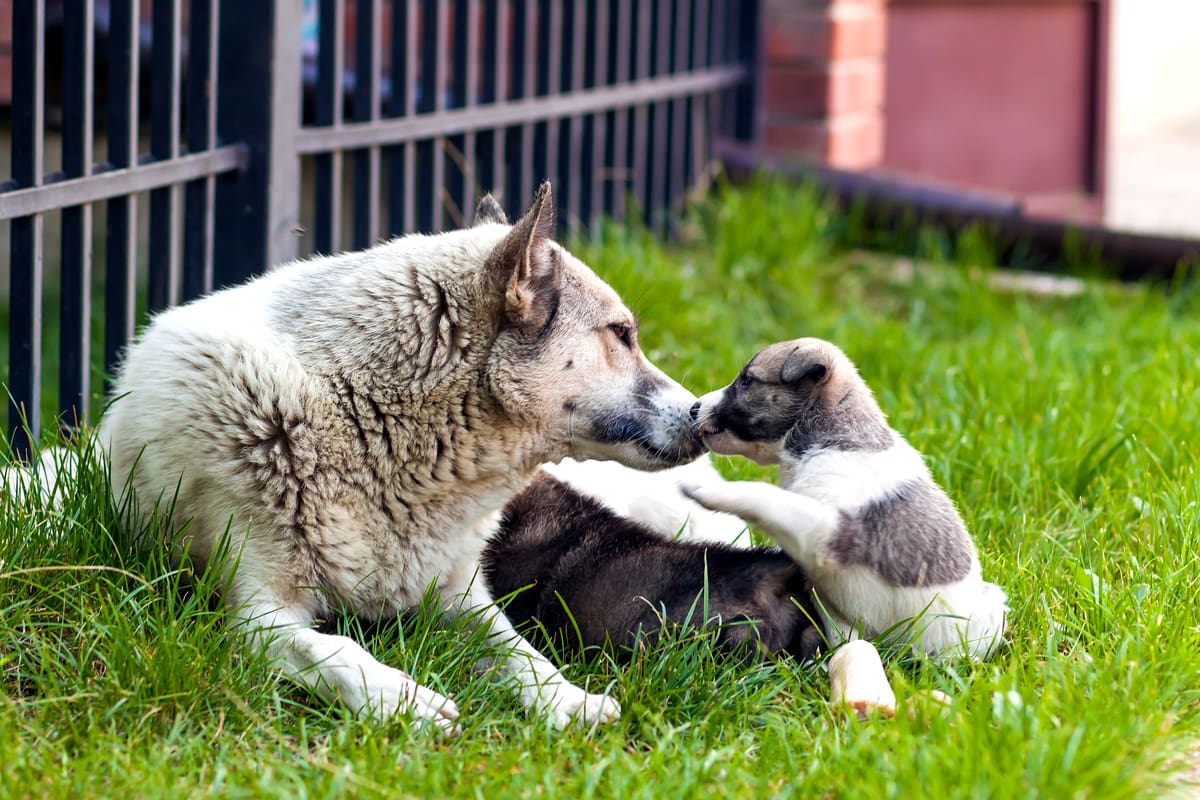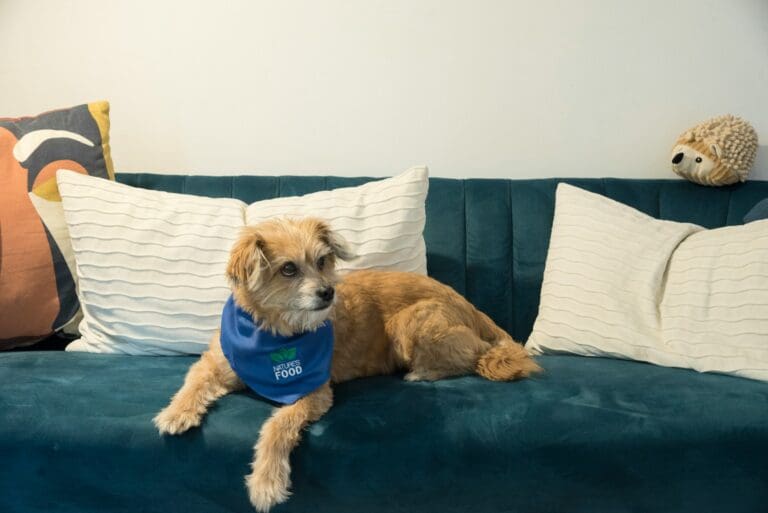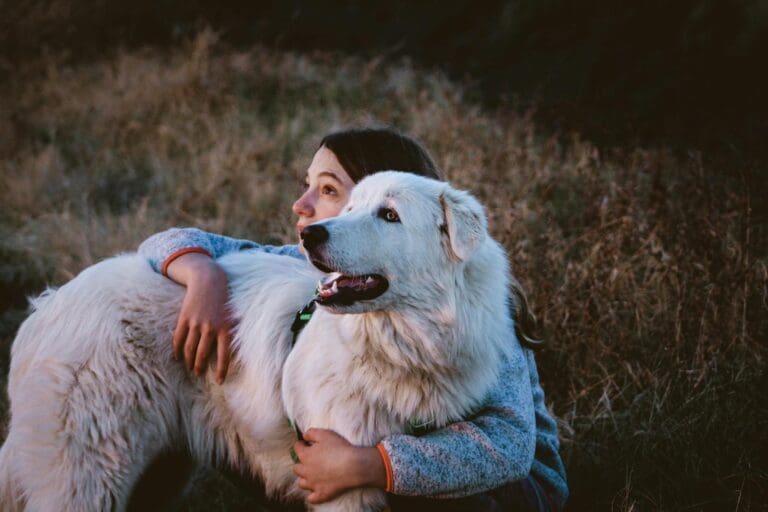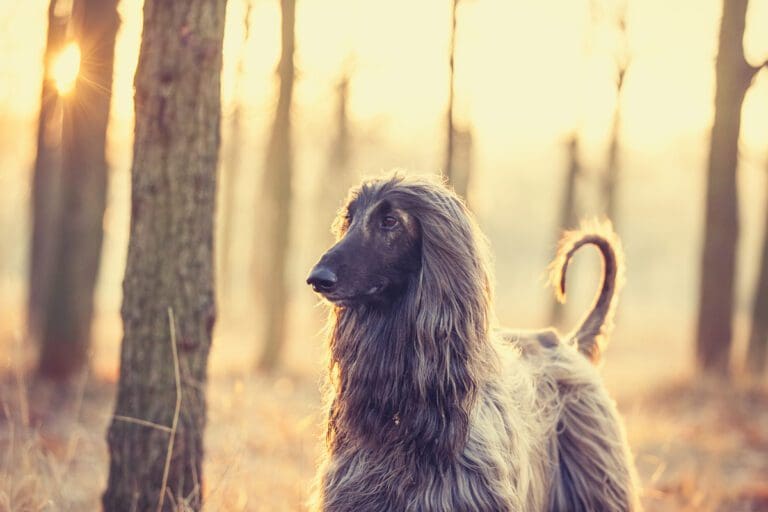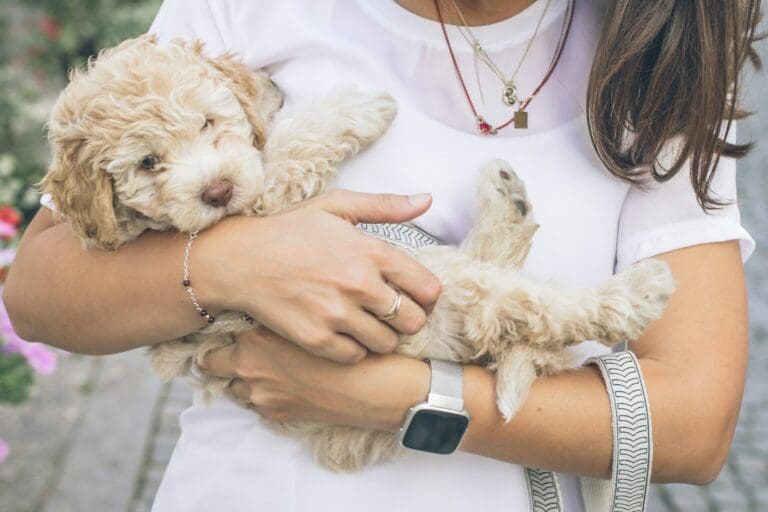Introducing a new puppy to your household can be a major challenge, especially if you already have a dog at home that’s dominant. However, things can go smoothly if you follow the essential steps we’ll show you.
Before You Begin: Be Aware of Signs That Indicate Dog Behavior and Mindset
Dogs give signs that can clue you into what they are thinking. You especially need to watch for the signs with your dominant dog (if you have one). Look for the following:
- Tail: A tail tucked between the legs indicates fear, and a fearful dog is likely to bite. A wagging, high, or stiff tail indicates alertness.
- Vocalizations: Barking is a way of communication, which can mean excitement or an alert. Growling is a warning, so use caution and separate growling dogs. Whining is a sign of discomfort or anxiety.
- Posture: A stiffened posture is a sign of alertness while crouching indicates fear or submissiveness.
- Ears: Ears back are a sign of anxiousness, while forward-pointed ears indicate curiosity.
- Eyes: A dog’s pupils will dilate when excited, fearful, or aggressive. Blinking can mean uneasiness or submission. A direct gaze is an indication of assertiveness and challenge.
- Facial expressions: Yawning indicates anxiety or stress. Bared teeth indicate fear or aggression.
Introducing a new puppy to your family can be an exciting and heartwarming experience. However, if you already have other dogs at home, it’s crucial to ensure a smooth transition for everyone involved.
Here are some essential steps you can take to introduce a puppy to other family dogs…
1. Choose the Right Time
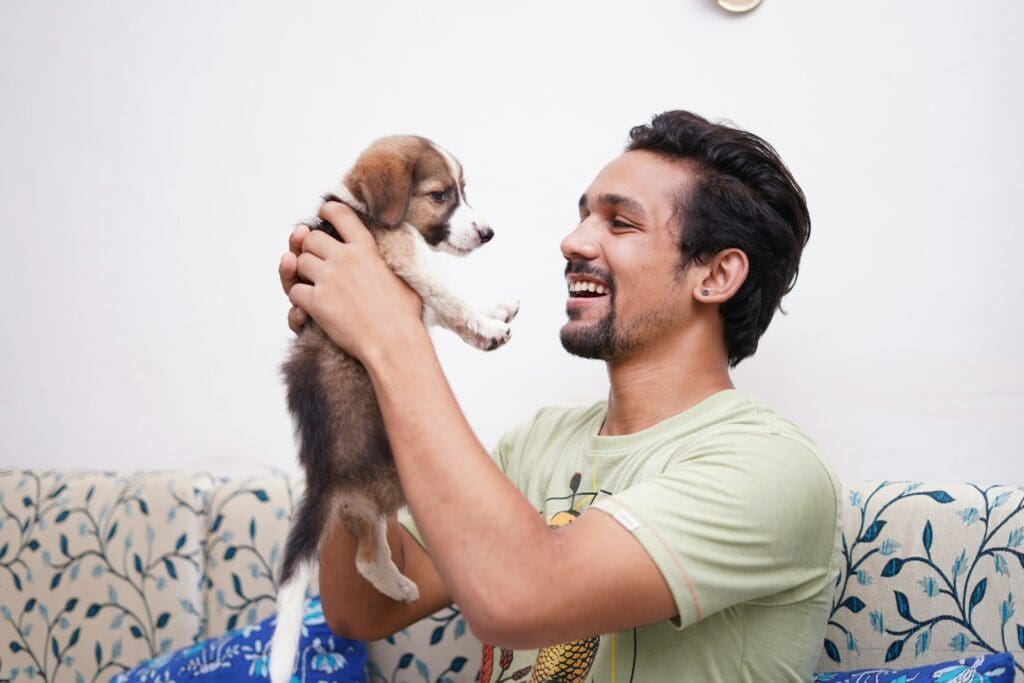
Timing is everything when introducing a new puppy. Ensure that both your existing dogs and the puppy are in a calm state of mind. Avoid introducing them when either party is overly excited or tired.
2. Neutral Territory
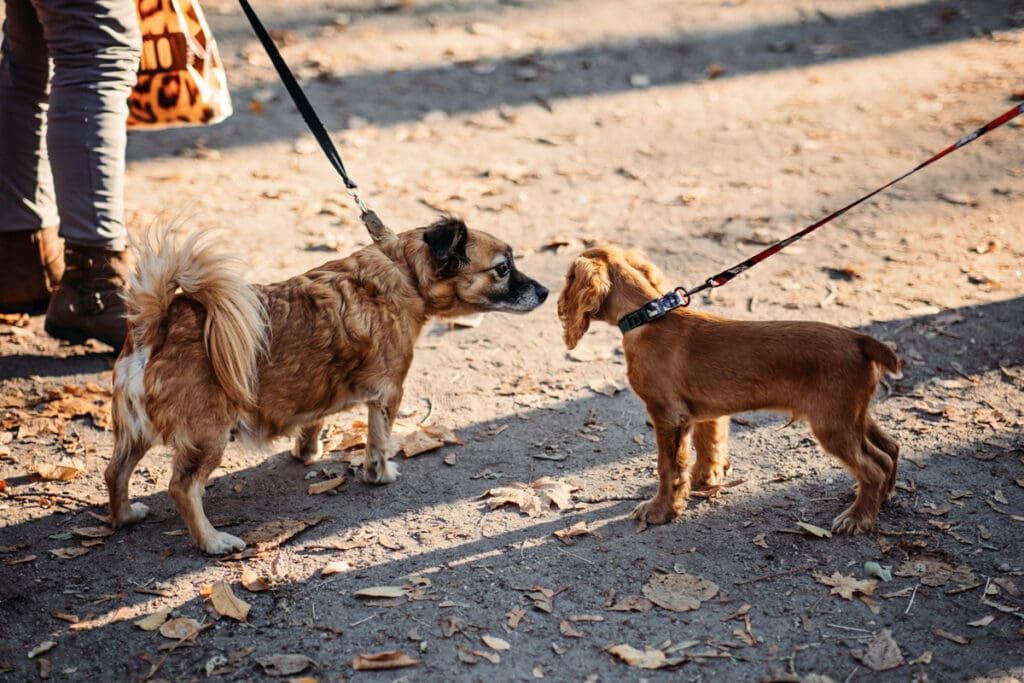
Select a neutral area, like a nearby park or a friend’s yard, for the first meeting. This prevents territorial issues and makes all the dogs feel more comfortable.
3. Leash Control
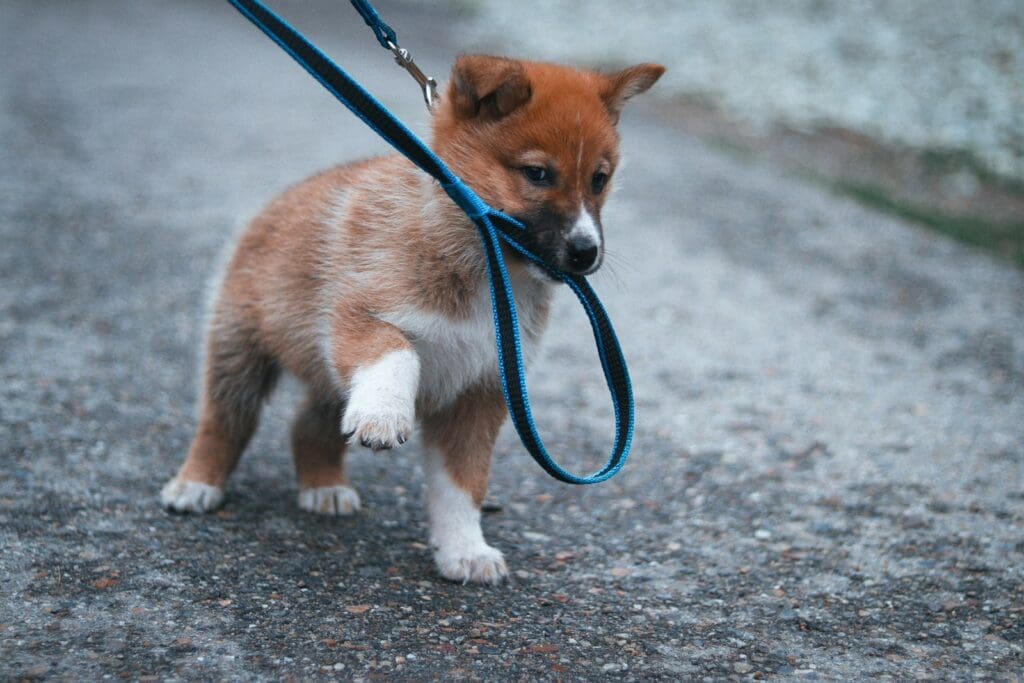
Keep all dogs on a leash during the initial meeting. This allows you to have better control over the situation if things get tense. Ensure that the leashes are loose to avoid tension transferring down the leash.
4. Supervision is Key
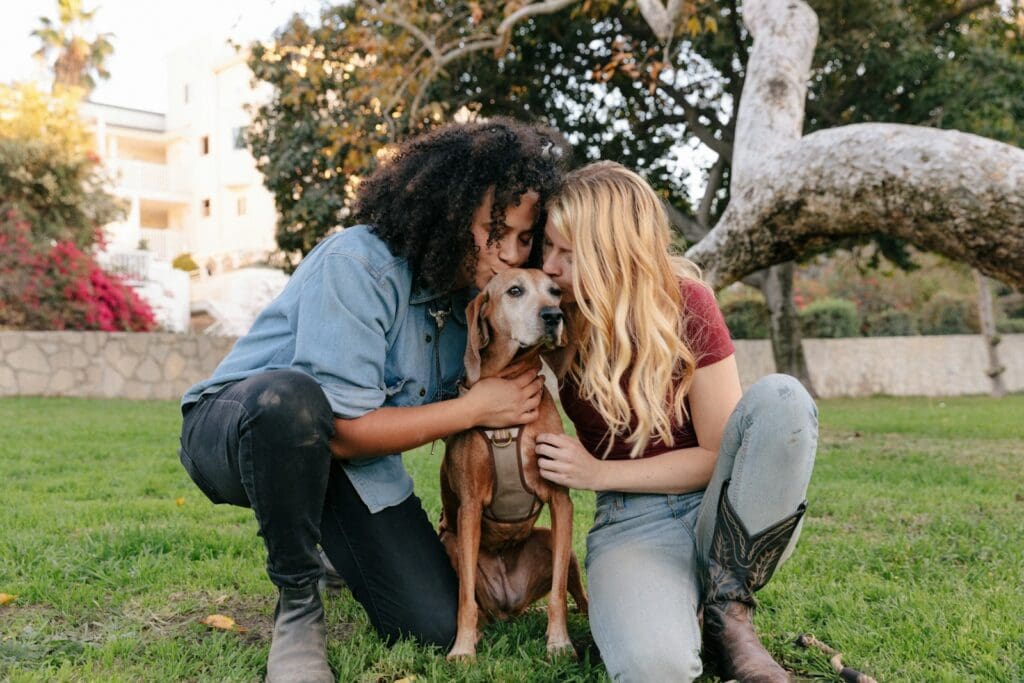
Never leave the dogs unattended during the first few meetings. Keep a close eye on their body language and interactions.
5. Short and Sweet
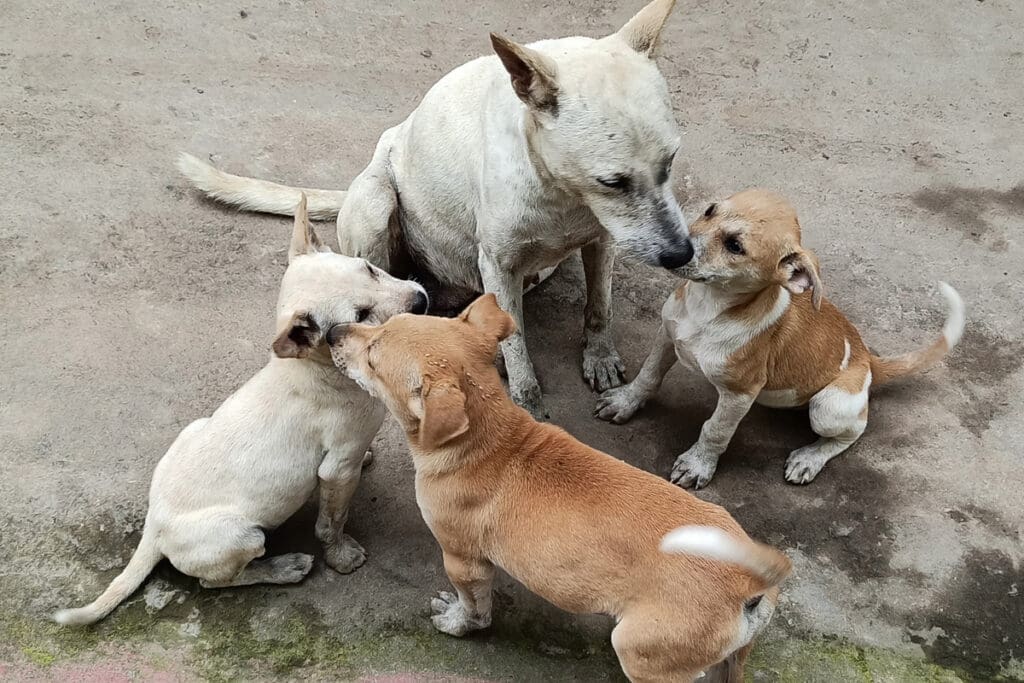
Keep the first meetings short and positive. Allow the dogs to sniff each other and engage in some play, but end the session on a positive note before any tension arises.
6. Introduce the Dogs Gradually
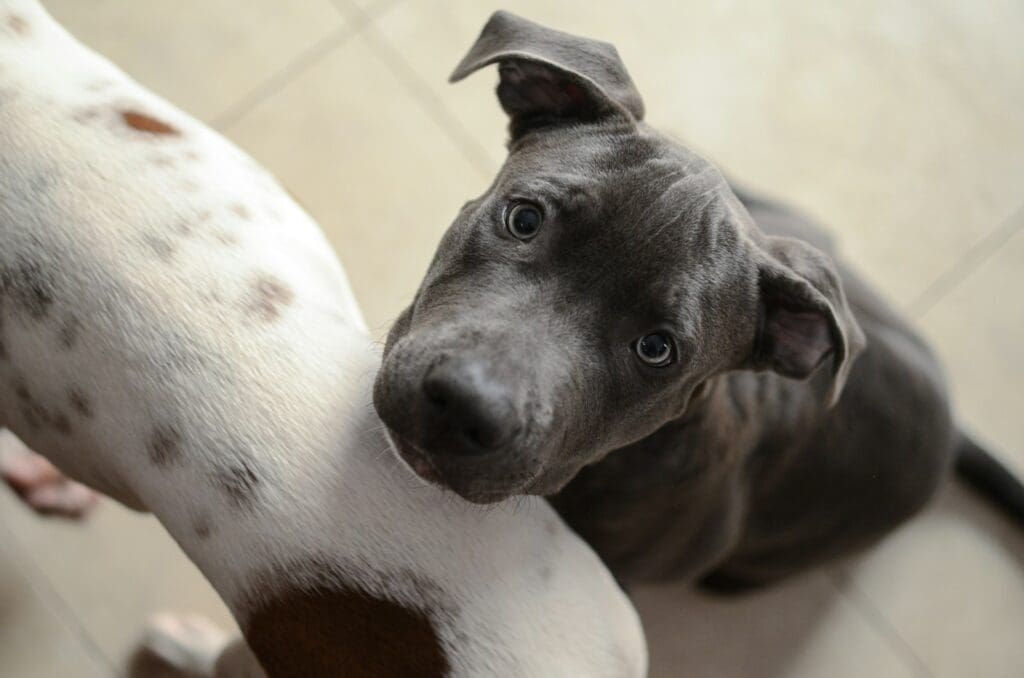
Over the next few days or weeks, gradually increase the time the dogs spend together. Pay attention to their reactions and ensure that they are comfortable with each other.
7. Give Each Dog Individual Attention
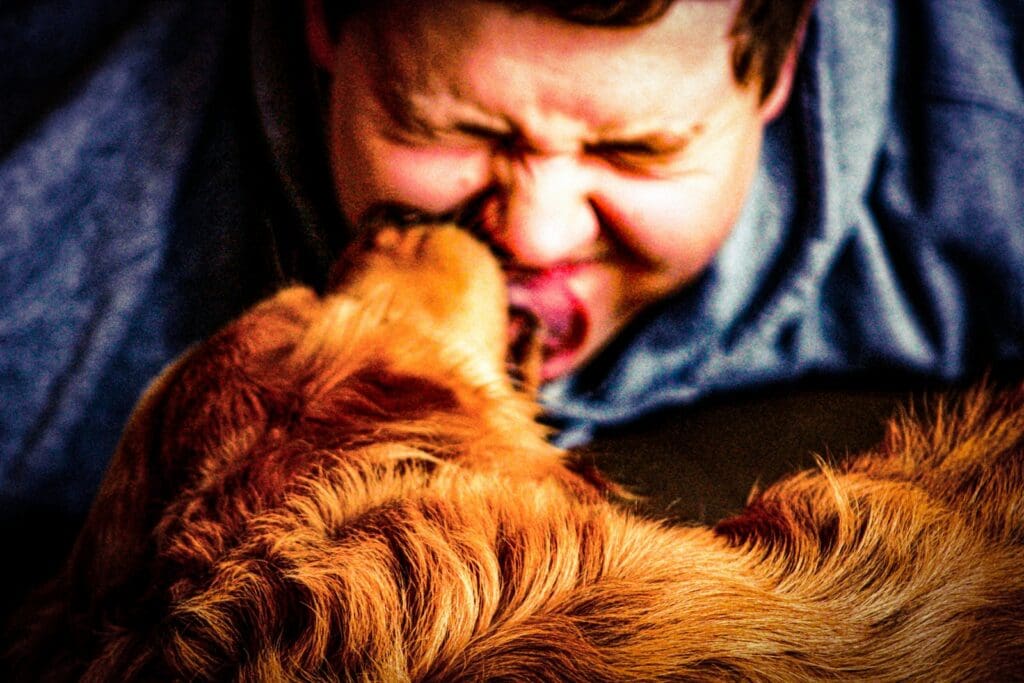
Spend quality one-on-one time with each dog to reassure them that their place in your heart is secure. The energy of puppies can demand our attention, however, it’s also important to spend quality time with each dog on an individual basis to avoid jealousy.
8. Feed the Dogs Separately
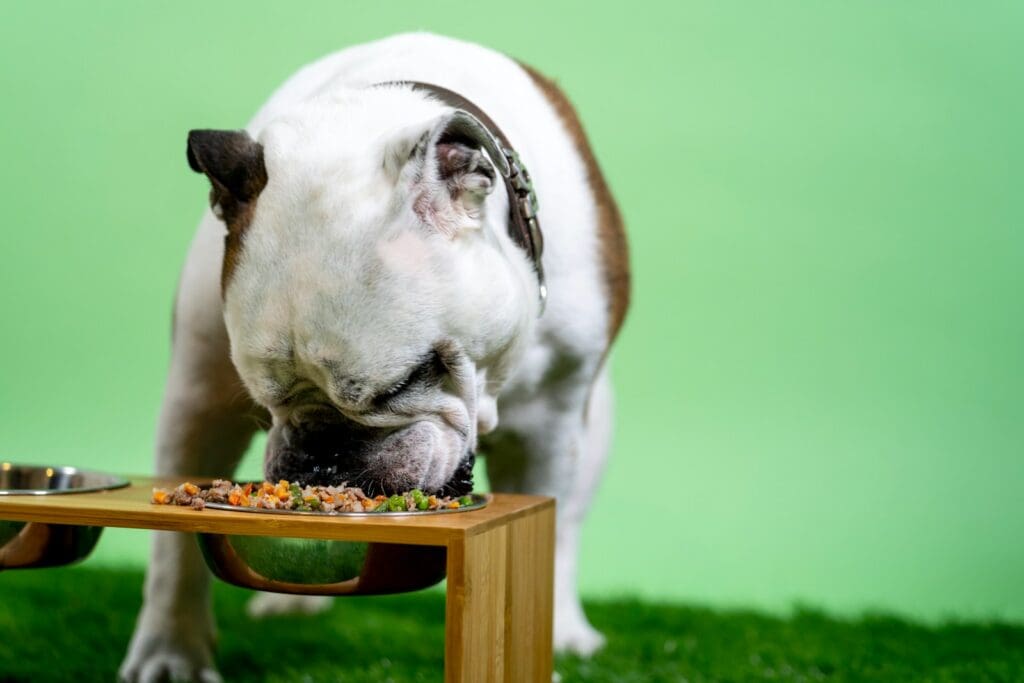
Feed your dogs separately initially to prevent resource-guarding issues. Once they are comfortable with each other, you can start feeding them in the same area if needed.
9. Train Your Dogs Together
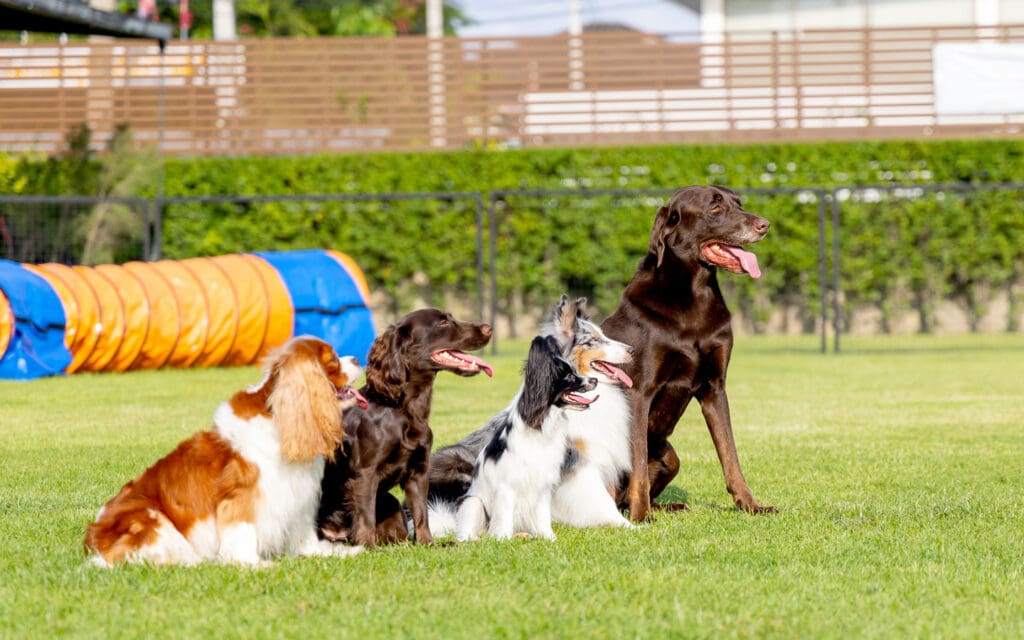
Engage in group training sessions where all the dogs learn commands together. This can help them bond and see you as the leader.
10. Reinforce Respect of Personal Space
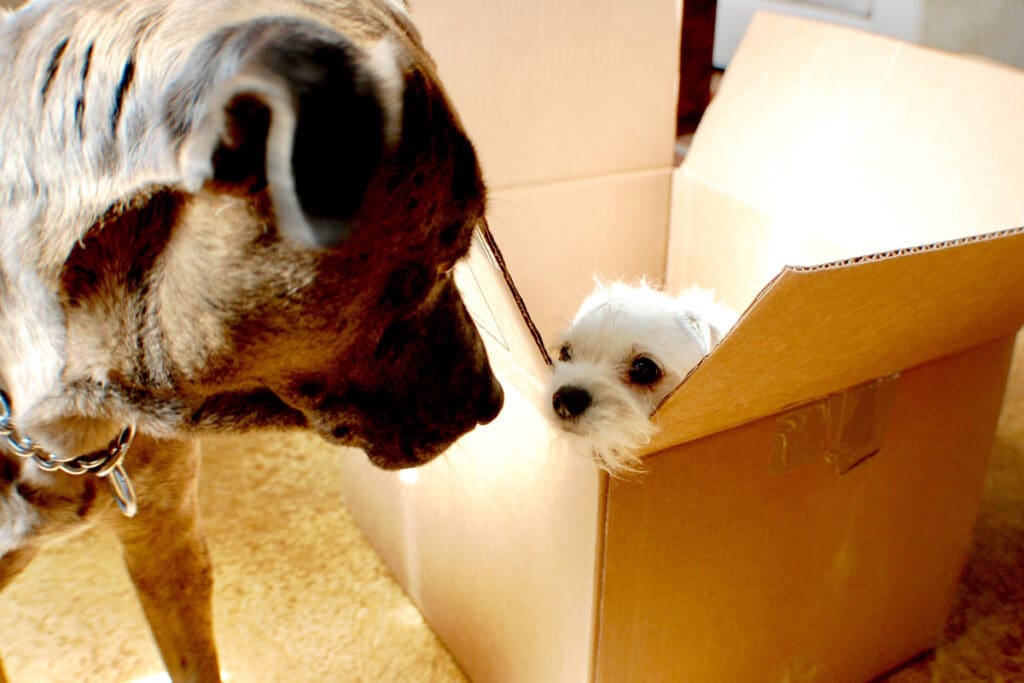
Make sure to provide separate crates and/or beds for each dog. This helps prevent territorial disputes.
Teach your dogs to respect each other’s personal space. If one dog signals that they want to be left alone, ensure the others understand and respect this.
11. When to Seek Professional Help
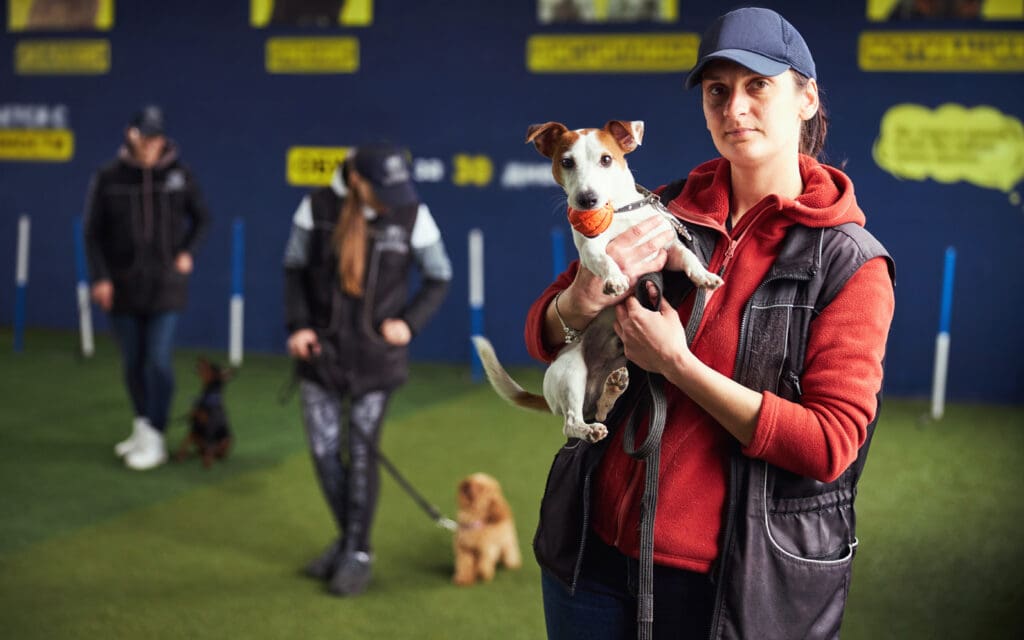
If you encounter persistent issues or signs of aggression, consider seeking assistance from a professional dog trainer or behaviorist. They can provide valuable guidance on how to manage the situation.

